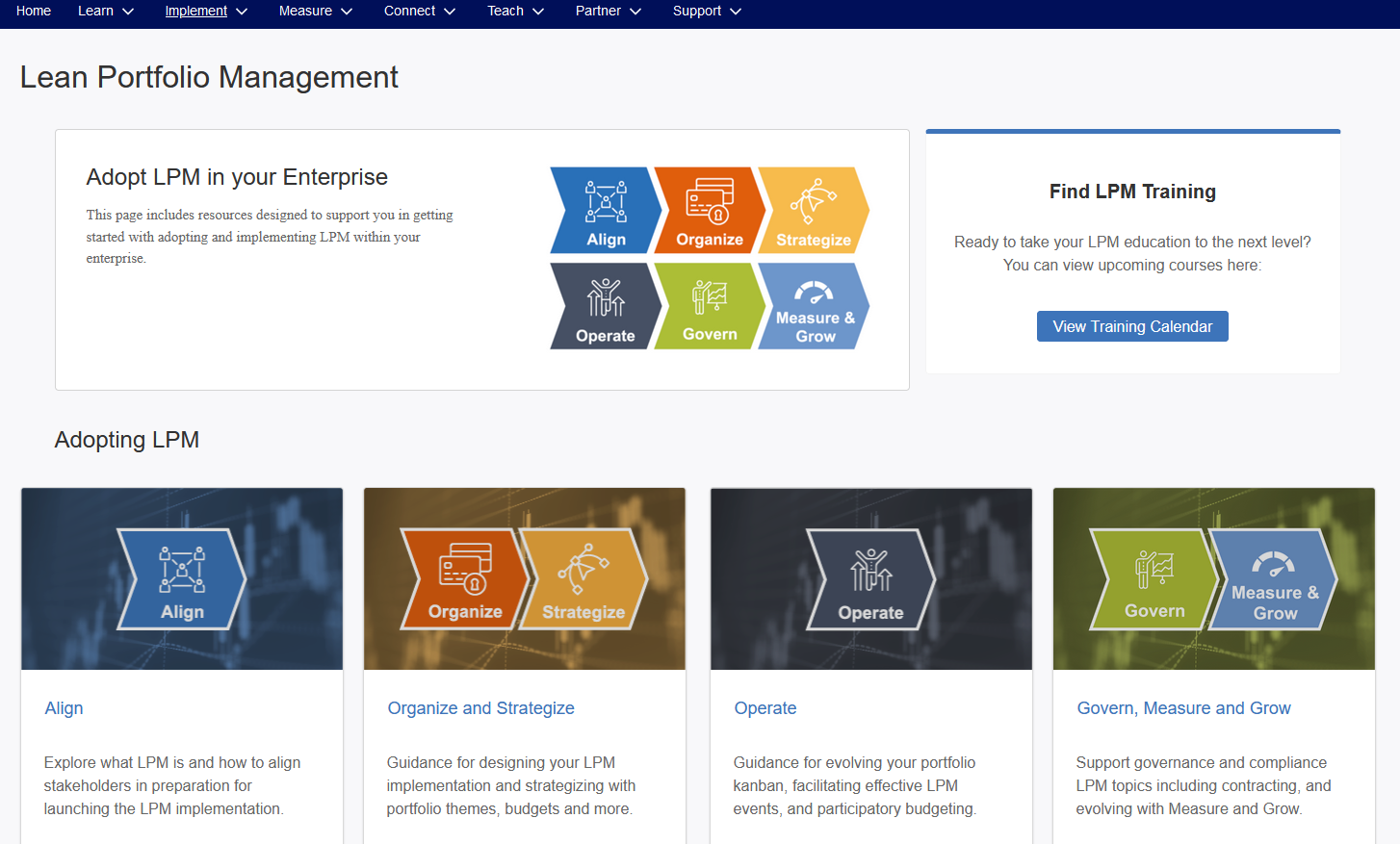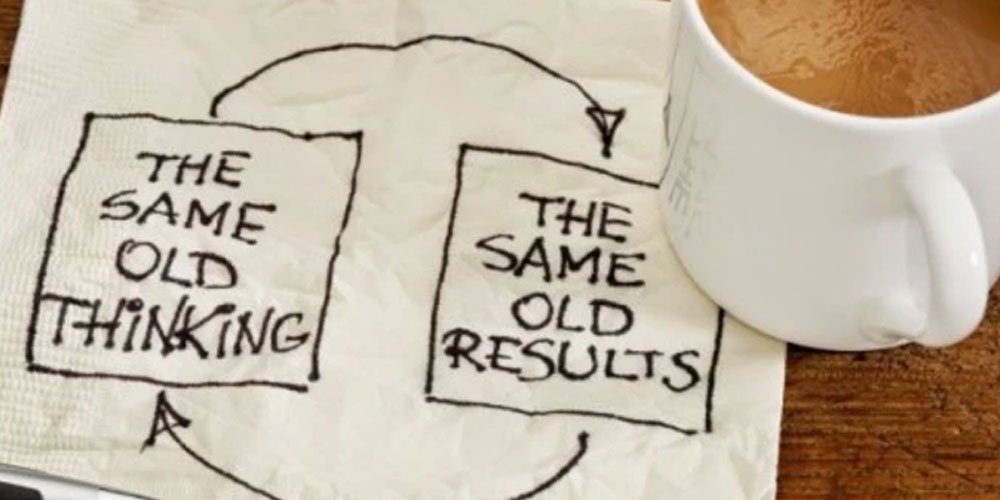SAFe Lean Portfolio Management Training: No One Coaches Alone
If you are on the fence about taking the SAFe Lean Portfolio Management course or want to persuade someone else to take the course, please read the impact report I provided to the Women in Agile program after I attended this class through their scholarship program! I hope it gives you some insight into the top three resources and items I learned about while attending.
——————————————————-
In October of 2021, I took the Lean Portfolio Management (LPM) virtual class taught by Phil Gardiner (SPCT) of Applied Frameworks. Even though I am an SPC 5 and am qualified to teach the course on Lean Portfolio Management myself, I knew my lack of practical understanding around the Portfolio level in both SAFe and traditional business models would put me and my clients at a disadvantage. My intention was to learn all I could about the portfolio level from those that have worked or work in that level to hopefully begin to break through the glass ceiling of knowledge that exists for both women and early career individuals. Additionally, I knew my client at the time was looking for more expertise in that area, and I wanted to make sure I was able to put my best foot forward.
One of the reasons I wanted to learn from Phil was because he’s been a mentor of mine for a few years now, and has strong opinions around implementing Lean Portfolio Management. I knew he would advise me in the right direction and ask critical questions about both the content of the course and the opinions of other trainees. At my first conference with him in 2019, LPM took up nearly half the conversations we had and he emphasized that many SPC trained individuals think they know how to implement LPM until they get into a large enterprise and realize just what sheer scale can look and feel like. Phil once advised: “I would never ask a coach to implement LPM alone for an enterprise.”
But from my SAFe training I learned that Scaled Agile is doing their best to create an environment not from a typical enterprise, but from the Starship Enterprise:
Resource #1: How to Implement LPM - Online Resource Guide
My first, most revisited resource that Phil introduced to the class was the new Implementing LPM guide on the SAFe Community site. SAFe content creators and Deema Dajami (SPCT & new product manager for the LPM competency), agreed that, “no coach should go through LPM alone.” LPM can be a massive undertaking, and unlike team level iterations, LPM Implementation does not typically allow for the luxury of quickly changing ideas or experimenting with a course of action a few weeks before tailoring to feedback. A coach has to take a systems thinking perspective around people, product, and technology while enabling director, or higher level leaders to shift to new ways of thinking about how they manage value in their enterprise. Finally, unlike team or program level adjustments, the changes made at the portfolio level can have disastrous effects on the rest of the organization and the health of a transformation.
All this being said, unfortunately, there is a realistic understanding that a good amount of organizations either do not see the need, or do not have the time/money to spend on their current SPCs or leaders to attend additional training on implementing LPM. Many coaches are left to truck on forward into the depths of the portfolio level with little more than a few hours of training.
No longer!
The SAFe Community site now provides the Implementing LPM guide that takes individuals through workbooks, powerpoint presentations, and videos to walk coaches through the proper steps to implementing large scale change, and common snags that might be found along the way. The Implement LPM guide can be found on the SAFe Community site here: https://community.scaledagile.com/s/implement-lpm.
Personally, I love the SAFe Community site’s iterative and ‘Start Where You Are’ approach, that allows you to tailor the content to your enterprise experience without compromising the intent of the competency. It values creating a group of change agents and working together to implement right off the bat, focusing on the “value stream” for LPM: “Align, Organize, Strategize, Operate, Govern, Measure and Grow”. I use this site regularly to revisit concepts, and it has already served as a very important and practical resource for me.
Resource #2: Why Scale Agile to the Portfolio - Emphasis on Empathy
The second resource I found within the course and the Implementing LPM guide is a renewed focus on being empathetic to the leadership you are working with and conducting empathy interviews as you start an LPM implementation. In order to articulate why an organization or individuals need to change, you need to know what they are struggling with. You need to understand the organization, and the underlying, personal “Why” for change and adaptability.
Teams and programs, at a certain level, expect changes and shifts in priority and strategy. They have learned to ride the path of adjustments, and though empathy is required at all levels of implementations, I find the higher you go up the ladder the higher the strategy and stakes. High stakes, strategy, and economics at the portfolio level can lead to tension and resistance that can manifest in many, varied forms. I was very happy and excited to see it understood in the courseware and the guide that an empathetic approach should be your first course of action in this level of transformation.
I was reminded of Brene Brown’s work on vulnerability, and how no matter what room you are in, whether it is filled with engineers, health care workers, janitors, or senior directors, that they are all people that are feeling the strain of their current positions and in need of vulnerability, trust, courage, and empathy.
Leaders are going to feel the strain of making strategy impacting changes in their business and coaches are working with individuals who have been doing their work a certain way for multiple decades. Leading this change with empathy is therefore necessary to make the incremental and meaningful improvements needed while gaining buy in from these leaders.
Resource #3: Making the Intangible/Complex Visible and Simple with LPM templates
After learning some of the skills and processes for how to implement LPM, and working with an organizational leadership on why they need to adopt portfolio changes, we moved onto what I believe is the goal of Lean Portfolio Management: making the portfolio level activities visible and simple to understand for the rest of the organization.
Over multiple decades, the portfolio level can become riddled with complexities. Usually, each department or piece of the organization is siloed into their own hierarchies and only discusses details with other hierarchies when necessary, usually through reports or mission/value statements that trickle down (ineffectively or mutely) to the individuals needing the communication or work. Very few people in any large organization really know how the organization works together to get things done, and even those that do can be struck by layers of complexity and bureaucracy built in the name of governance, communication, or the dreaded, “We have always done it this way” mentality.
Activities and templates like the Value Stream Identification Workshop, Portfolio Canvas, and Lean Business Cases provide an opportunity for leaders to strip back the veil, layer by layer to get to the root of the question: “How do we, currently and in the future, want to become more profitable delivering value to our customers?”
During my Implementing SAFe course, I had the privilege of sitting next to three individuals from DirectTV. They had just been through the big AT&T acquisition and were looking to become the new LACE for the Agile transformation at DirectTV. When Lean Portfolio Management and the Value Stream Identification workshop came up for practice, I sat back and watched them work to map out their complexities. Light bulbs started going off, each asking questions of the other, laying out stickies on the board to revisit later, till one of them finally shouted, “We have been doing this all wrong!”
Coaching organizations and enabling them to see the complexities and roadblocks holding them back may not be that easy, but the opportunity is in the conversations and decisions that happen whenever you attempt to make the portfolio operations visible. The real meat of change comes from the questions around an organization’s big picture. SAFe LPM provides the tools, templates, and workbooks to do just that.
Overall, I was grateful for the opportunity to take the Lean Portfolio Management course and definitely believe I have been able to provide more value for my clients from the knowledge gained within the course and class discussions. Lean Portfolio Management is a whole other implementation level on its own, and demands careful respect and guidance to coach correctly. I look forward to continuing to utilize all the tools and resources above from the training as well as guidance learned along the way. I greatly appreciate all the guides and instruction within the tools, resources, and videos available in the SAFe Lean Portfolio Management training and have definitely come back to a lot of these tools since the course.
I am very grateful to the Women in Agile program for the scholarship funding to attend this course and to Phil Gardiner for allowing me to learn from him once more.




